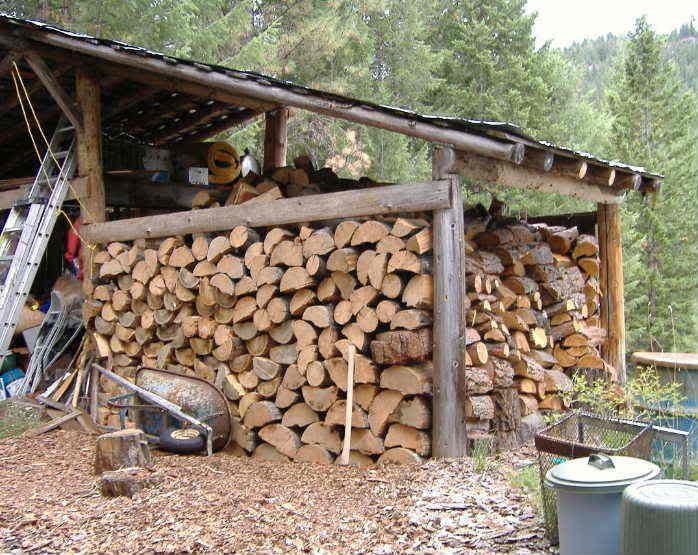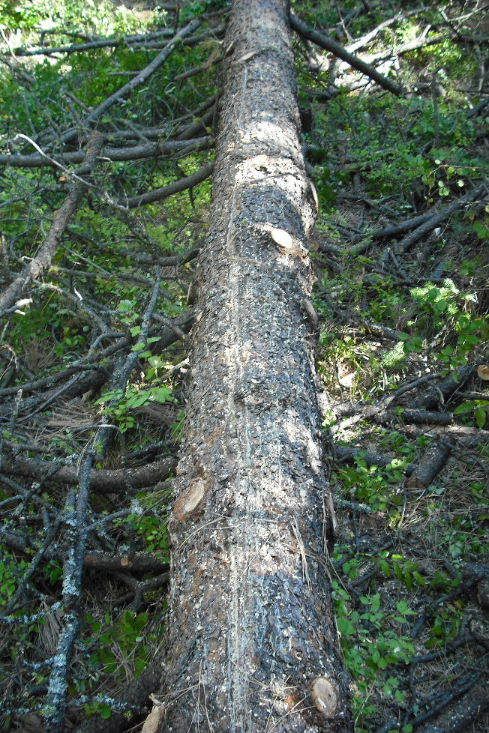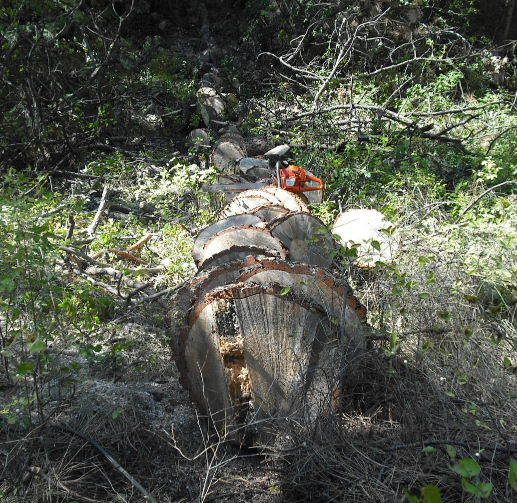That Kotatsu or Korsi is a cool idea! I just read an article about it and it sounds somewhat familiar to this one method I heard of where you sleep sitting up against a tree with a small fire in front of you using a blanket over your body and the fire as a sort of tipi to keep in the warmth on cold nights. However this Kotatsu sounds more practical and comfortable. Could you expand on what methods and set-up you used for this mountain refugee?
Here’s some info regarding that other method I read about:
"The post by Garry on minimalist camping reminded me of a trick I saw in a video by Mark Baker, the Primitive Editor of Muzzleloader magazine. He got it from writings of a man in the 1700’s, that spent many nights in hostile territory and couldn’t have an open fire. He claims this works and keeps you comfortably warm, you just have to remember you will be sleeping setting up and know that part won’t be comfortable.
You set down with your back against a large tree, bring your feet up so the bottoms touch and your knees are bent outward to the sides, not up towards your chin. You then dig a hole about the size of your head in the ground in front of you, but behind your feet where they are touching each other. When you have the hole dug you build a small fire with sticks and then add hardwood bark, keep doing this until you get a good bed of hot coals. Then you take hardwood bark and lay it on edge the entire way across the bed of coals and then pack the dirt you dug out of the hole to cover the bark, at the front and back of the hole leave a small hole for air. Take your blanket and wrap it around you and bring together over your legs
making a small enclosed tent, this will hold in the heat from your pit fire and there will be no smoke if it is done right.
According to the writings the man that wrote this originally stated he spent comfortable nights in the winter this way and never gave away his position to Indians. In an emergency without any way to make an appropriate shelter this will keep you warm and comfortable. Seeing it in the video makes it easier to understand than my description, but I think you get the idea of how it works."





